Raising Goats: What You Need to Know
Do you want to start raising goats on your property? There are several good reasons to bring these animals onto your land. One thing you should know about goats is that they enjoy eating weeds. So, what does that mean for you?
Gone are the days of pulling the weeds with your bare hands or spraying chemicals to get rid of them. Besides eating the weeds and keeping your land clear, goats produce milk that you can use to prepare different foods and even make cheese.
Some people like to have goats on their land to sell the milk and the foods they make using the milk as a primary ingredient.
If you’d like to raise goats, you can have a lot of success with it, but there are a few things you need to know beforehand. Gathering essential knowledge now will allow you to have the best results from raising goats on your property.
Please keep in mind I have not raised goats myself yet, so a lot of research has gone into this post. I’m trying to research more on raising our own meat via Quail, Meat Rabbits, and Meat Chickens. In case you missed these posts.
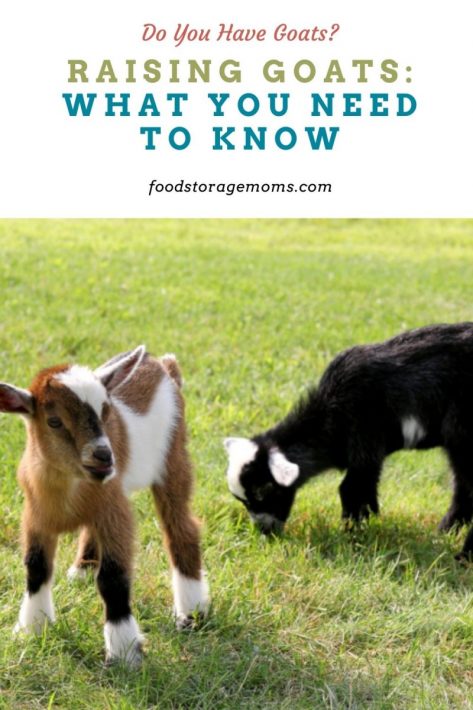
Raising Goats: What You Need to Know
What are Some Good Varities of Goats to Raise?
Although there are numerous varieties of goats to consider, like the Nubian, Saanen, Alpine, LaMancha, Spanish, Tennesse, Kiko, and others, today let’s talk about three types that might very well be a good match for you and your family:
Boer:
The Boer is really one of the most popular varieties for people to raise, particularly if they want to raise them for meat production. In today’s meat marketplace with prices so high, goat meat is becoming one that’s in demand. In some sections of the country, there are times it’s hard to find.
Boer goats tend to grow fairly rapidly and can be large in size. A typical Boer goat can be 38 inches tall, thus providing a fair amount of meat when bred for that purpose.
Although meat goats aren’t always known for pleasant temperament, Boer goats are the exception, they’ve even been called affectionate. That may account for their reputation as great mothers.
None of us want to see any of our owned animals get sick. Another good thing about Boer goats is their inherent ability to suppress diseases. That makes for an easier and less stressful ownership experience, but also prompts less cost of ownership and higher returns due to the size of the goat when sold.
If you are breeding and raising goats as pets, for milk, and for meat, you want healthy offspring. Boer goats tend to have a high fertility rate, thus more kids, the name for baby goats.
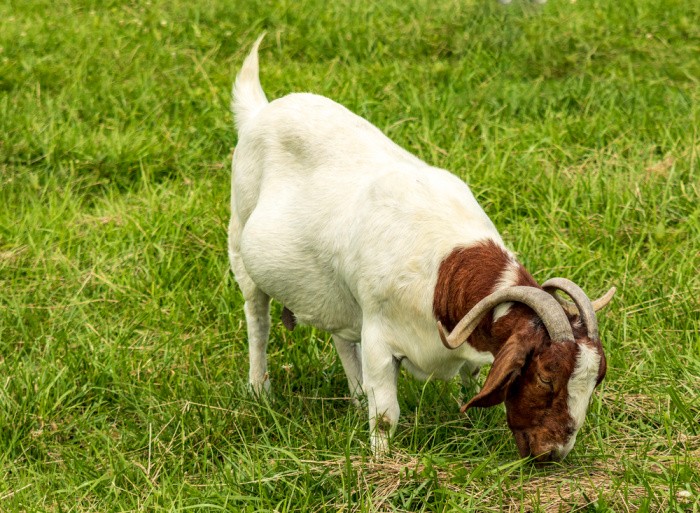
Nigerian Dwarf:
Unlike its cousin the Boer goat for its meat, the Nigerian Dwarf goat is known for its ability to serve as an efficient milk goat. The designation as a “dwarf” means it is smaller in size than regular goats. These goats are surprisingly calm, compact, and productive animals that have grown in popularity.
One good thing about the smaller versions of goats is they are easier to manage since they don’t take up as much space. They also don’t eat as much feed, yet they have proven to be a great choice as dairy goats due to their ability to provide a surprising amount of high-quality, high-fat milk even though they are a smaller breed.
The Nigerian Dwarf breed proves to be a true helper as it clears many of the unsightly weed plants, underbrush, and grasses in pasture land. When you add their good-natured approach in dealing with other animals, and humans, that is a good mixture of traits that are desired.
As mentioned above, they produce high-quality milk. With the high butterfat content found in this goat’s milk, the milk can be used in creams, cheese, and most any other goat milk product we can use every day.
They have shown themselves to be quite fertile and can actually breed at any time of the year. What’s great about that, is it doesn’t take too many does to generate the supply of milk you want on a very steady basis.
When you add the fact that they usually produce 3-5 kids when they go through the kidding process, you’ll be pleased with how fast your little homegrown herd will grow.
They have been a popular goat for students involved in 4H projects, which is an added bonus when you think of them also being a great breed for those young people to enjoy as pets.
Where the Boer goats were listed at 38 inches tall, these little friends are usually are between 21 to 24 inches tall, thus the dwarf name. That also makes your need to fences of a shorter height, which can possibly save you some money during installation.
Like most other goats, the Nigerian Dwarf requires close attention to make sure they stay healthy. That includes a good diet, proper trimming of their hooves, receiving deworm treatments multiple times of the year, etc.
We always suggest you get a qualified veterinarian to check your animals and provide guidance regarding their care, particularly when nutrition is concerned. Goats generally need mineral supplements, but your vet can tell you when, how often, and how much.
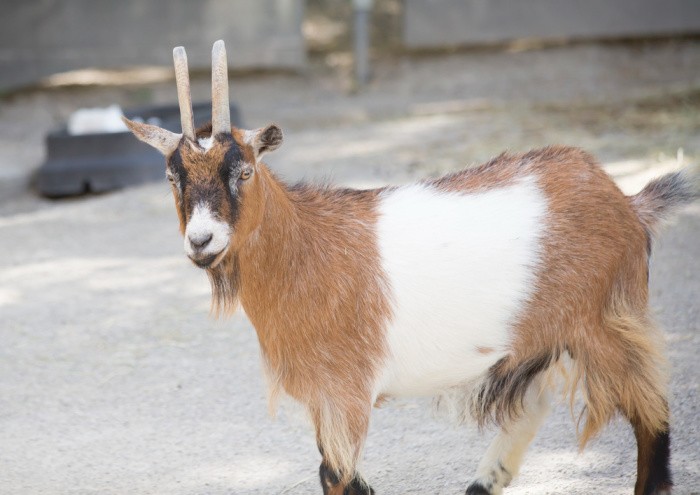
Pygmy:
Maybe it’s a function of their even smaller size, but pygmy goats are not only cute to look at and be around, but they are tough little guys with big personalities. That is one reason you often see them at zoos that allow young kids to pet them.
Unlike the Boer at 38 inches and the Nigerian Dwarf at about 23 inches, these little cuties are only 16 to 23 inches tall. They weigh from 40 to 70 pounds with the females on the smaller side.
Also fairly fertile, pygmy goats have an interesting tendency to be ready for active breeding when the days start getting shorter, like in the fall and winter months. Some farmers will actually put them in a barn or covered shed with less light when they determine the female is ready to kid.
If you want to use the pygmy for milk production, consider that they generate from one to two quarts of milk each day, and it is quality milk with up to 11% butterfat. Also, be aware, they don’t provide milk for as long a period as other goat breeds. They are good producers, just not for as long.
Quality feed is important for their growth, milk production, and overall health. This breed has been known to have issues with alfalfa hay, it doesn’t digest it as well. Goats don’t graze for food as cows do, they tend to move around and browse.
As the pasture area shows less plant growth, you’ll probably need to supplement their pasture food with feed from a store. This breed to subject to some hoof diseases, so be careful not to allow them to spend much time in wet, soggy, and messy soil. Allow their feet to dry out fairly often to keep more disease averse.
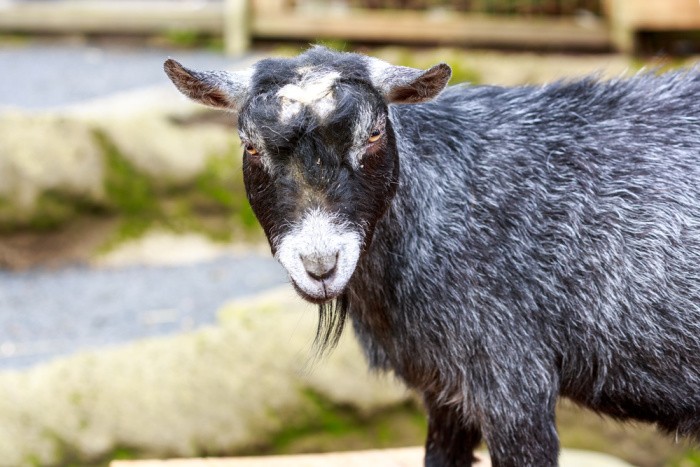
You’ll Need to Have a Good Fence
Be sure to get a fence installed around your property. Goats are intelligent animals that know how to jump with ease. They are known to be great escape artists! Also, be careful to check out pastures with wire fences since goats often put their head through the wire and then can’t pull the head back out.
You wouldn’t want your goats to end up jumping the fence and getting off your property because that would put them at risk of getting hurt while out on the road. Keep your goats safe and protected on the property with a strong, tall, and durable fence.
The first thing you’ll need to do is consider the material for the fence, such as:
- Wood
- Metal
- Chainlink
- Aluminum
- Steel
These are a handful of the options to choose from when you’re trying to select the ideal fence for your property. Of course, it’s also essential to have measurements taken of the perimeter to ensure that the fence gets installed correctly, providing the protection you need to have for these adorable animals.
Make Sure You Have Enough Space
You wouldn’t want to have too many goats living on your property without having enough space to roam around. These animals need enough space to walk, run, stretch out, and hopefully find some grass and weeds to eat.
If you’re forcing them to live in cluttered, cramped conditions, the animals won’t thrive, and things will quickly become problematic. You can avoid that by determining how much space you have available and then deciding how many goats you’d like to purchase to have live on your property.
Of course, you can always start with a handful and then increase the number of goats over time, depending on what you prefer to do when you first get started.
Know What You’ll Need to Have to Feed Your Goats
Be sure to know what to feed your goats. They’re going to consume a diet that consists primarily of hay. It provides them with the nutrients they need to stay healthy and active.
You can buy hay in bulk to ensure that you have enough for the goats to consume throughout the day. You can choose from different types of hay, including alfalfa hay and clover hay. It’s all about getting what is easily accessible to you that your goats can enjoy. You don’t want them to go hungry.
While goats eat plenty of hay, it’s not the only food you can supply them with when looking to provide more options. For example, as mentioned, the goats will likely eat the weeds throughout your property, along with the grass.
And, you can always buy more grass to supply your goats with to ensure that their stomachs are full and they’re satisfied with what they’re consuming each day. In addition, goats will eat grains and occasionally feast on tree bark, which may sound crazy to some people, but it works for them!
Treats For Goats
Besides providing your goats with the essential foods to keep them healthy, you can also offer treats that they’ll like to eat, such as:
- Watermelon
- Peaches
- Celery
- Grapes
- Bananas
If you want to offer special treats to your goats, you can give them some of your favorite fruits and vegetables, and they’ll gladly eat them. Then, when you notice that your fruits and veggies will go bad in a few days if someone doesn’t eat them, you can give them to your goats.
It’s a great way to ensure you’re not wasting any produce that you grow in your garden or purchase at the grocery store. Now, anything you’re growing or buying won’t go to waste like before.
Have Patience and Enjoy the Time Spent with Your Goats
The truth is, raising goats isn’t as complicated as it sounds. Sure, you’re responsible for a living, breathing creature when you bring them to your land to raise them, but these animals are often well-behaved and fun to have.
Goats are known to have good temperaments and aren’t relatively aggressive toward their handlers. Be sure to have patience with your goats and enjoy the time spent with them.
They don’t require too much effort, and caring for them is not more complicated than caring for any other animals, such as chickens or horses. If you have experience with raising other animals, you can raise goats with no problem.
Get Ready to Raise Goats on Your Property
Some general comments about goats:
You’ll need to have a good feed container for their feeding time. Don’t just put hay bales on the ground, they’ll just spread it around. Note that square bales can cost $2.00 – $5.00 each, so if you have very many goats the costs can add up.
Goats do like a grain but don’t make it the main source of their daily diet, it can upset their digestive system. It’s good to have a water trough for proper watering of the animals and keep it as clean as possible, even if it means draining it frequently, if necessary.
Now that you know more information on raising goats, you can decide if you think it’s the right decision to make for yourself and your family. Goats are lovable, and caring creatures that are fun to raise and take care of each day.
If you’re willing to put effort into taking good care of them and providing them with the food and water they’ll need each day, you can successfully raise them and benefit in different ways.
Final Word
The benefits of raising goats are numerous. Not only can they produce milk that you can use to make cheese and add in place of regular milk when called for in recipes, but they’re also wonderful companion animals that will clear your land of any weeds with ease.
No matter how much experience you have with taking care of animals on your property, goats could be the perfect addition to the family.
You can always start with two or three goats and work your way up to bringing more to the land when you feel comfortable enough to do so. May God Bless this world, Linda
Copyright Images: Boer Goat Depositphotos_206049310_s-2019, Nigerian Dwarf Doe Goat Depositphotos_260303394_s-2019, Pygmy Goat Depositphotos_49140997_s-2019, Baby Farm Goats Depositphotos_50907085_s-2019

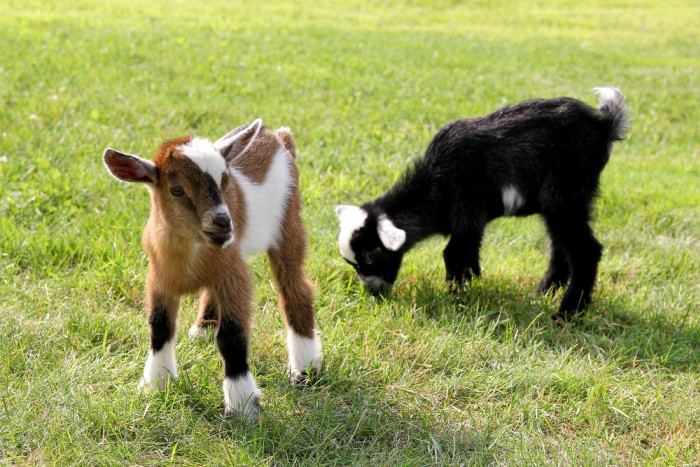



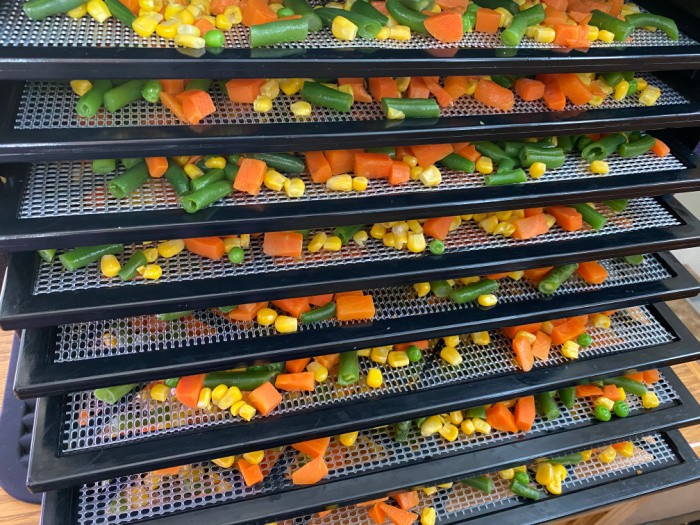



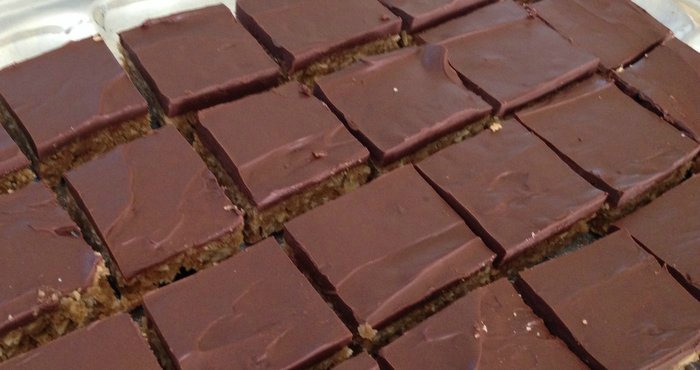













A friend of mine used to raise goats. The goat meat tastes a lot like beef. Just an FYI.
Hi Deborah, really? I did not know that, thank you!! I learn something new every day! Linda
Linda, there isn’t as much fat as beef, but, it’s still good. We had it as chicken fried steak. It was very tenderized. It was an older goat. Not sure what kind, but she milked them.
Linda,
One of my friends has Nigerian Dwarf goats and according to him they don’t just eat weeds. They will go after garden crops and ornamentals, so they must be fenced away from those plants. He also warns they can be escape artists. They are smart little buggers and can figure out many gate latches.
Hi Ray, oh my gosh, I guess they would eat the garden crops!! This is why we need everyone’s input before we take the plunge to stock certain animals. Escape artists, I can almost picture that one! LOL! Linda
We’re trying to decide what animals to bring onto our little farm next. We have about 15 acres of hayfields, so we’ve got plenty of room. And I really want to make cheese! So trying to decide between goats and cows. This year, we’re raising a couple pigs for meat – they’re tilling up a space that will be garden next year for now, and will become bacon and pork chops in late October. They’re really fun to raise!
Hi Laura, oh my gosh, I better write about pigs! I love bacon!! LOL! And pork tenderloin! You have a lot of acres!! I love it! Linda
The goat vs cow question is possibly best determined by the size of your family and whether or not you want to sell any milk or cheese you make. Cows produce much greater volumes of milk for, as I recall, much longer times. When I was a kid my grandparents had a single Jersey milk cow. She was really pretty–they are, you know. She produced more milk by herself than my mom, brother, and grandparents could use so grandma gave the excess to her other daughter. That cow’s milk had an extremely high fat content and grandma would skim the fat off and churn butter and make cheese.
But know that if you go with a cow, you’ll have to milk her at least once and sometimes twice a day, without fail, unless she calves.
We tried them twice and we found that they eat everything but the weeds!! We found out then there are cow people and goat people and we aren’t goat people. Besides, we didn’t like the milk no matter how fresh it was. We couldn’t keep them in the fence, either.
Hi Cheryl, oh my gosh, this. is good to hear! We have a lot of people here who sell raw cow milk and goat’s milk. I don’t buy either. The fence, they must be famous for escaping!! I love hearing this! Linda
We love having Oberhasli dairy goats – — the milk does not have a “goaty” taste, and I make lots of types of cheese – as well as kefir. We use some of the male offspring for meat each year, too. K
Hi Kristin, oh, thank you for that tip! I need to look at those goats. I love hearing how people are raising animals and making cheese, etc. Great comment! Linda